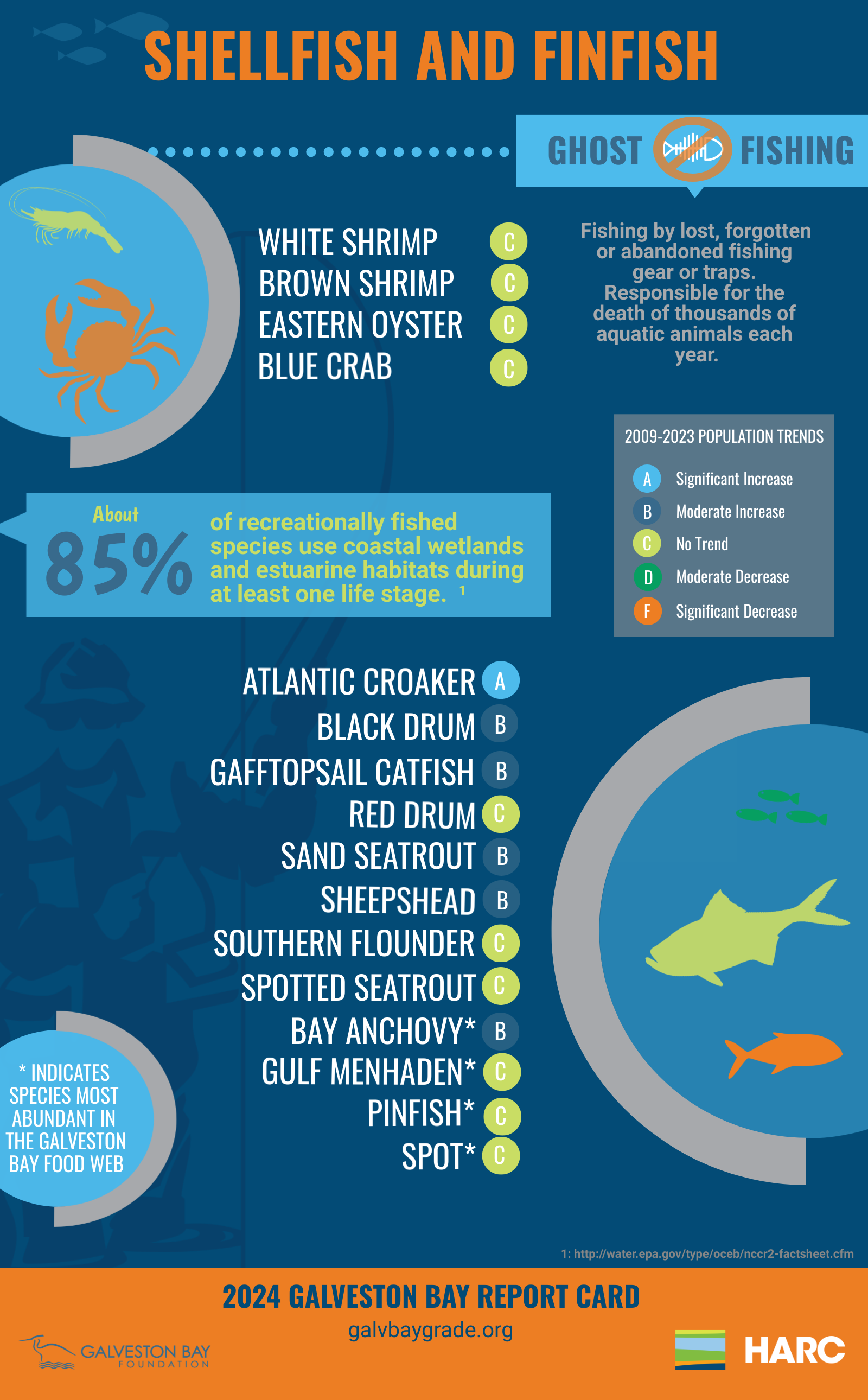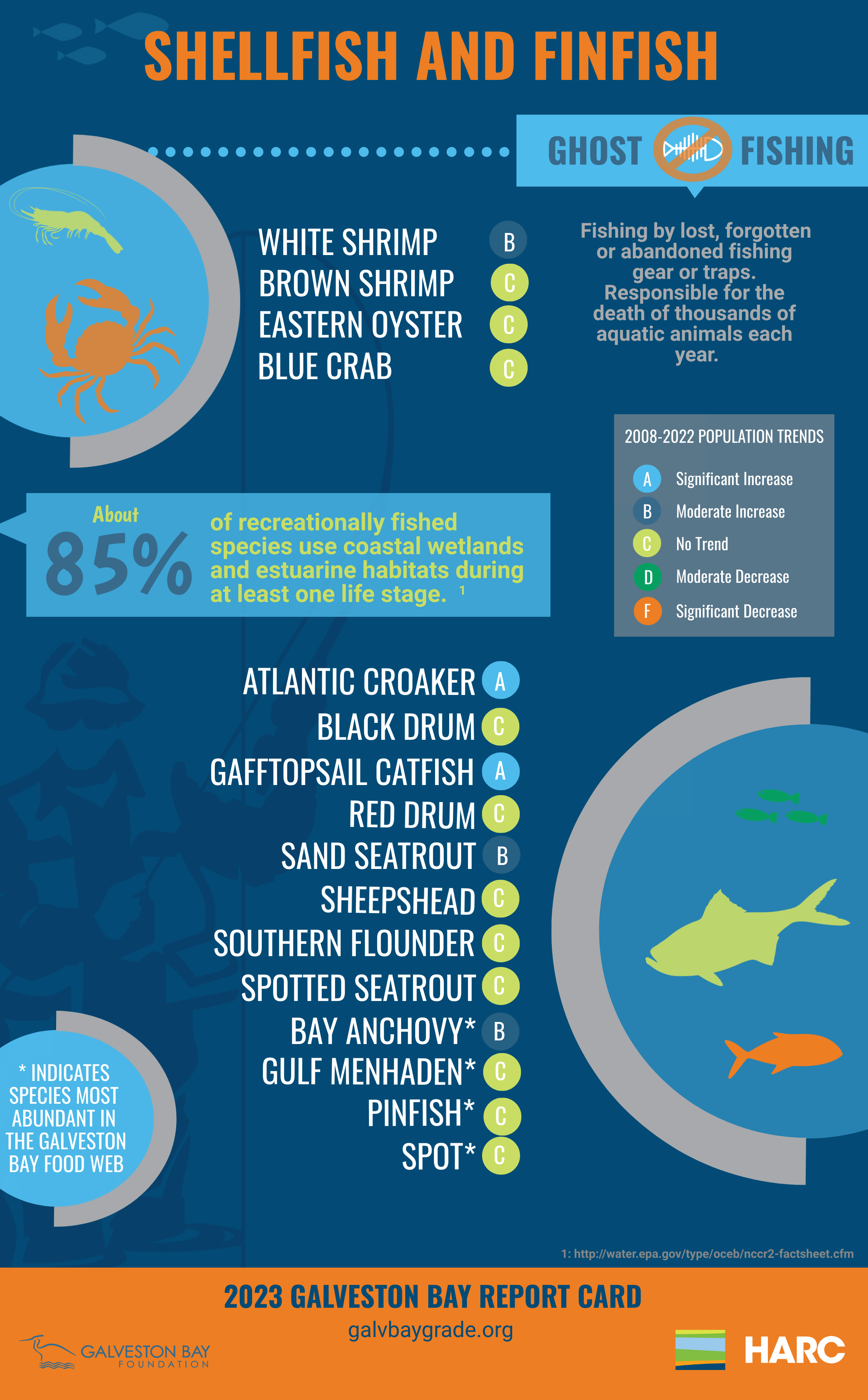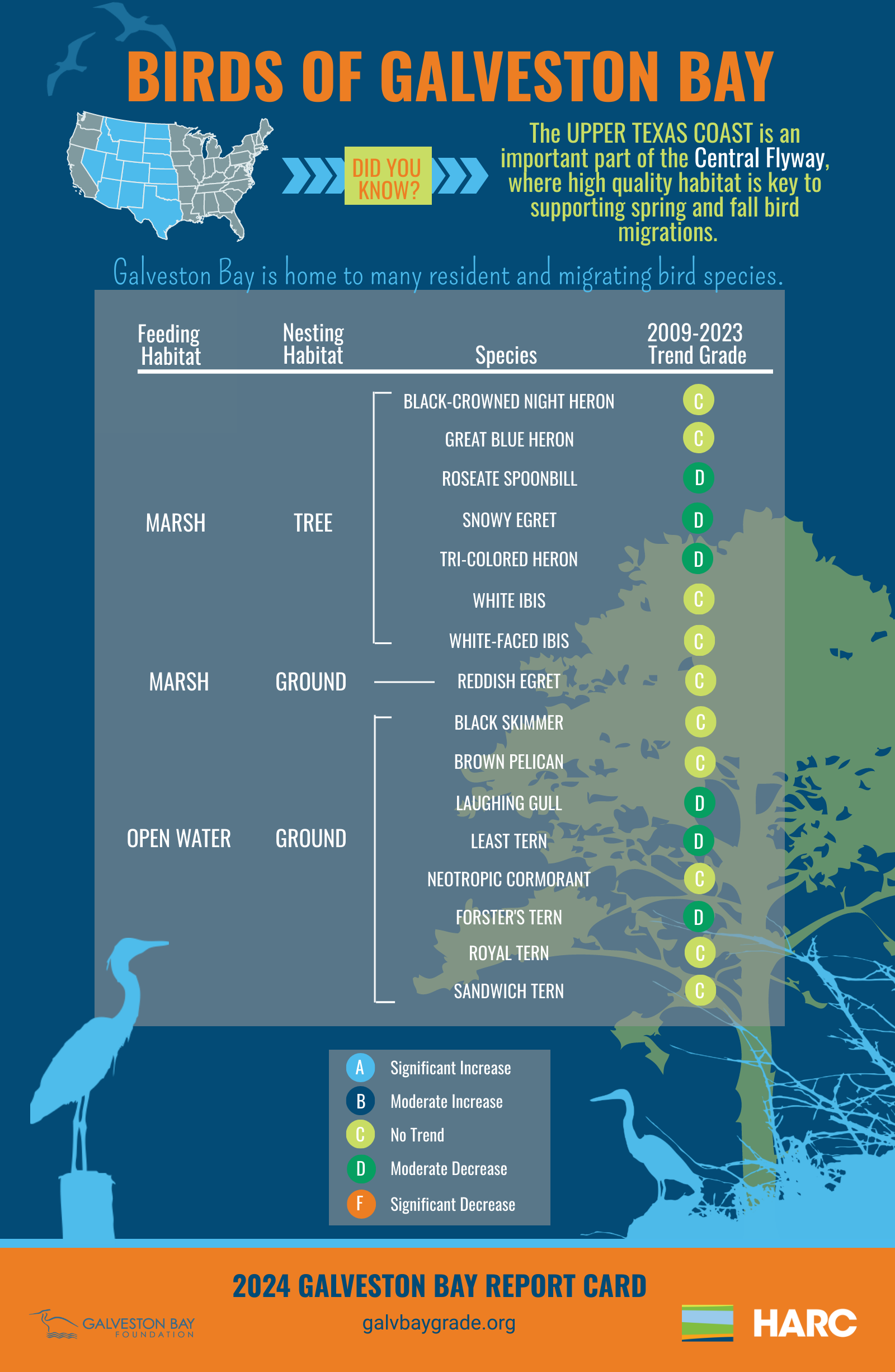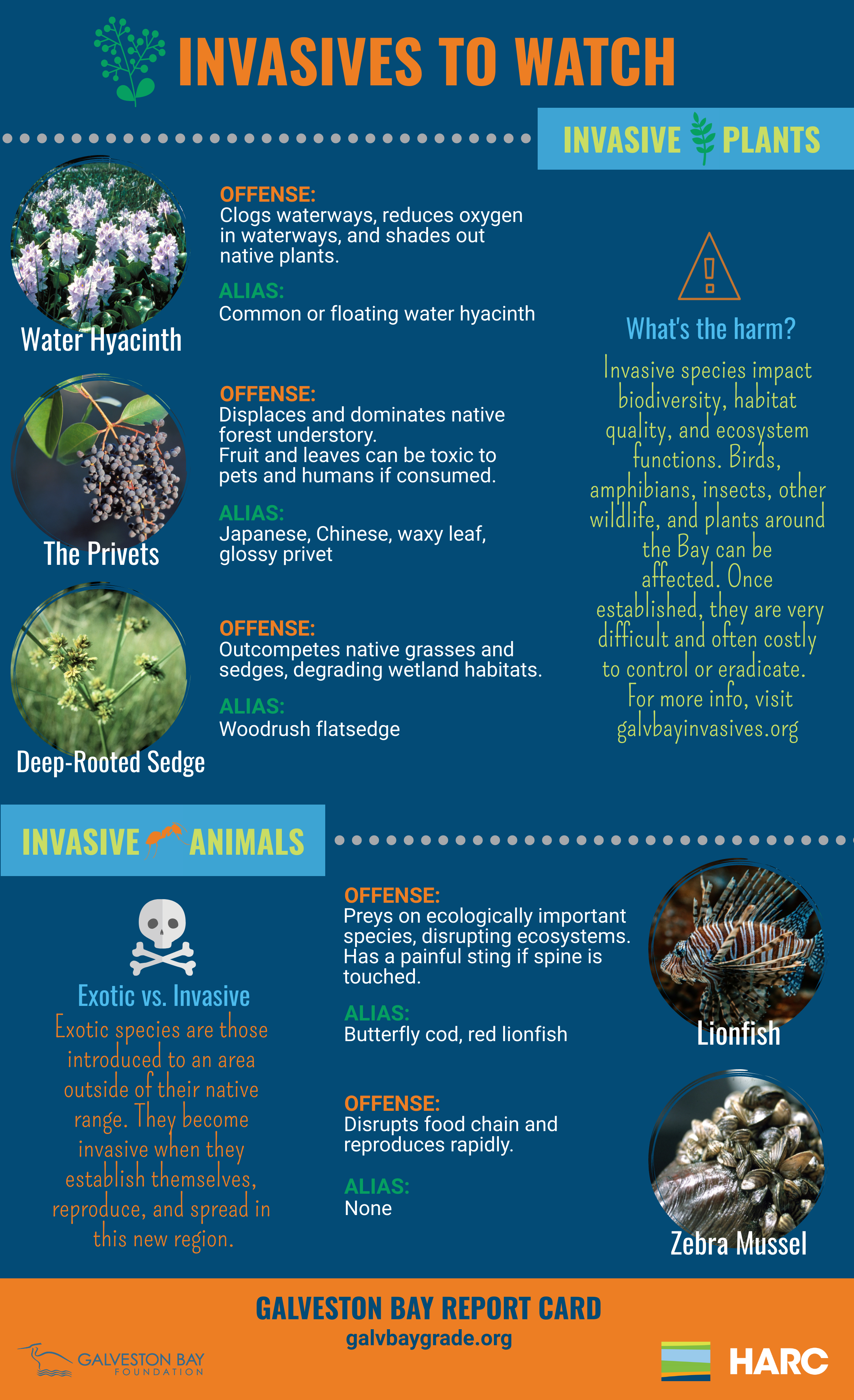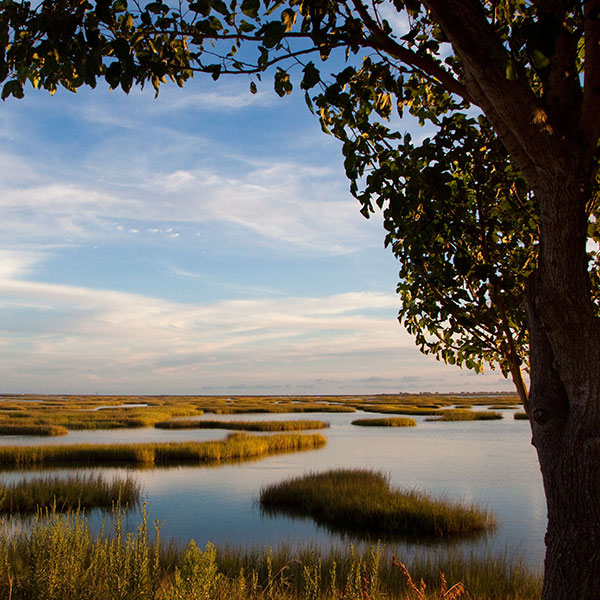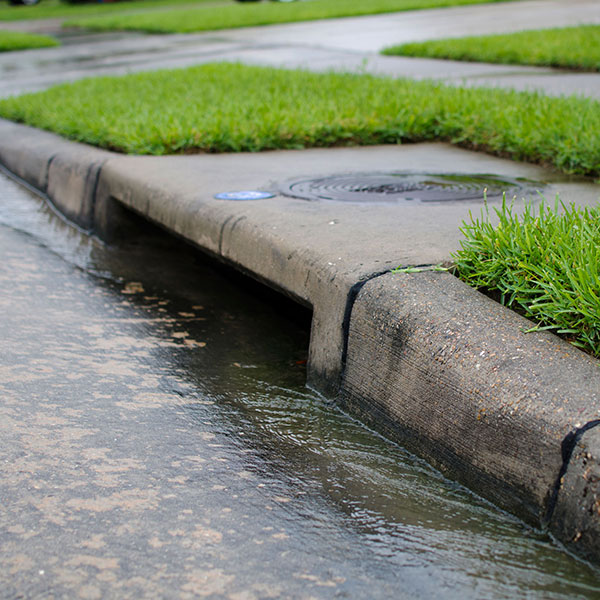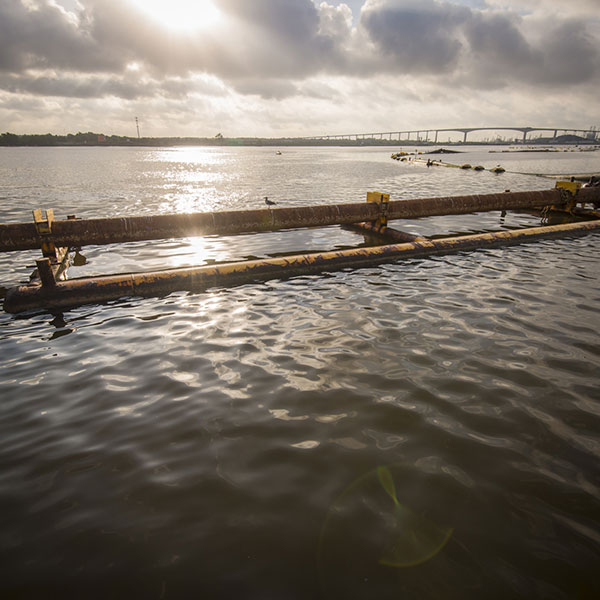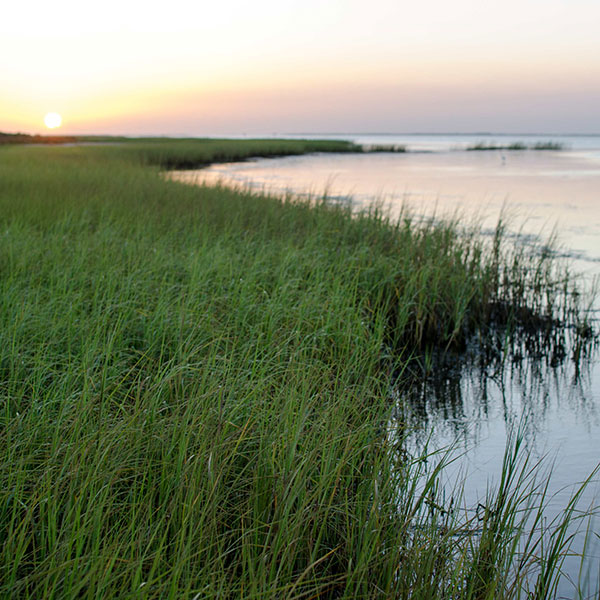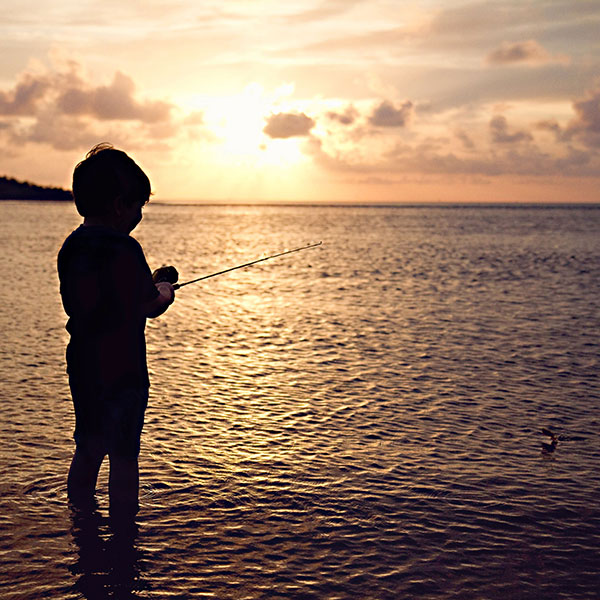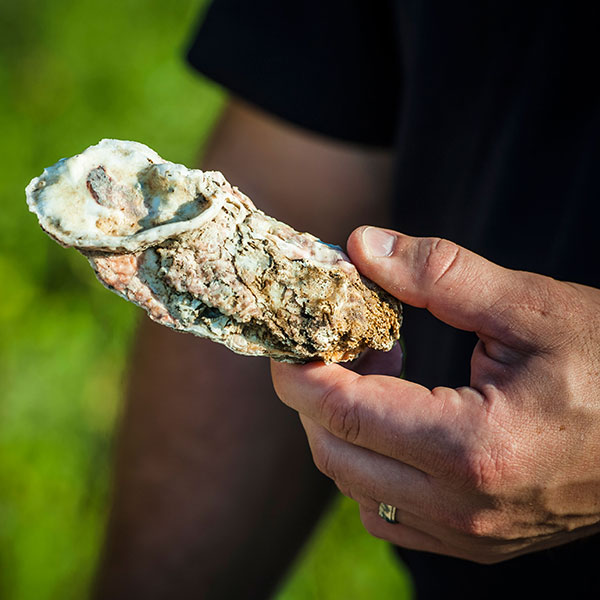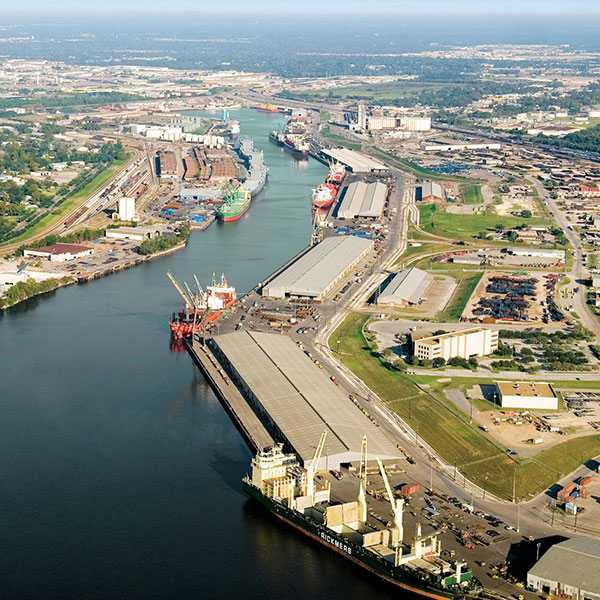Galveston Bay is home to a wide variety of animals that play an important role in the ecosystems. Shellfish, finfish, and bird populations are monitored to help determine the Bay’s health. Wildlife surveys conducted around Galveston Bay since 2006 indicate that most finfish and bird populations appear to be maintaining, while many shellfish populations have been declining and require action to prevent further losses. These declines could impact other species that depend on shellfish as a food source and as ecosystem engineers.
Wildlife Summary
What We Can do
- Volunteer to help build oyster reefs and remove trash and debris from the water.
- Familiarize yourself with popular bird nesting sites and keep your distance.
- Fish sustainably by obeying fishing regulations such as closed seasons, and size and daily limits.
Shellfish
Trends in shrimp and crab populations can serve as indicators of the quality and quantity of suitable habitat, as well as of food availability. Blue crabs, two species of shrimp (brown and white), and oysters are analyzed for the report card. Blue crab populations in Galveston Bay appear to have stabilized, earning a grade of C, and white shrimp decreased from B to C. Overall, shellfish maintained a C grade. Oyster populations and the reef habitats that they create in Galveston Bay have been negatively impacted by Hurricane Harvey in 2017, the drought of 2011, Hurricane Ike in 2008 and increased fishing pressure, but oyster populations in Galveston Bay received a C for a fifth year, indicating that the population is holding steady.
What We Can do
Help Keep the System Balanced
- Conserve water to protect freshwater inflows.
- Volunteer to remove lost or abandoned crab traps.
- Learn more about the decline in blue crab populations.
Galveston Bay Shellfish
Finfish
More than 100 species of finfish can be found in the Galveston Bay ecosystem. Finfish are also the base of a significant recreational fishery. Surveys of finfish indicate that most populations have been consistent since 2006, earning finfish a C. Populations of 10 species analyzed are maintaining, while Black drum and Sheepshead improved from a C to a B and Gafftopsail catfish declined from a A back to a B.
What We Can do
Be a Friend to the Fish
- Protect natural habitats. Wetlands and seagrasses are nurseries for young fish.
- Improve water quality by reducing pollution and slowing runoff with rain barrels, or by using gravel instead of concrete.
- Report any evidence of a fish kill to authorities.
Galveston Bay Finfish
Love fishing? Let's ensure our grandchildren can enjoy this sport in the bay as well
Birds
Birds depend on high-quality nesting and feeding habitat to thrive, making them an excellent indicator of the Bay’s health. After near extinction in the 1960s, the brown pelican population in Galveston Bay has rebounded due to a reduction in the use of harmful pesticides such as DDT . Since 2006, most bird populations have been holding steady, earning birds a C Roseate spoonbill, snowy egret, tri-colored heron, laughing gull, least tern and Forster’s tern all showed a moderate population decline, earning D’s.
What We Can do
Keep an Eye Out for Birds
- Join the Houston Audubon for birding, advocacy, conservation, and education.
- Support legislation that prioritizes the preservation of their natural habitat.
- Get to know the habitats of different birds on the Great Texas Coastal Birding Trail.
Galveston Bay Bird
Invasive Species
Exotic species are species of plants, animals and microorganisms that are transported to the Galveston Bay Watershed from other parts of the world. These exotic species did not evolve here and therefor, lack the predators, parasites and diseases that keep their populations under control in their native ranges. Exotic species are recognized as being invasive when they cause negative ecological, economic, or social impacts in their new home.
Invasive species are harmful to natural systems and some (such as the zebra mussel) are destructive to infrastructure. Invasive species are often very difficult and expensive to control and can damage crops, fisheries, habitats such as coastal prairies, forests, and other natural resources. Invasive plants can choke streams and waterways and cause forest fires to burn hotter while invasive fish can burrow into streambanks, causing water quality issues.
As of 2022, more than 100 species of invasive plants and animals have been found in the Galveston Bay watershed. Reports of new invasive species found in Galveston Bay since 2005 continue to remain low and no invasive species have become established in the Bay, yielding a B grade. The rivers and bayous, however, earned a grade of D as there are multiple invasive species that have become established and are causing problems in our wetland prairies, forests and waterways. Invasive species commonly found in the region include water hyacinth, privet, Chinese tallow, fire ants, feral hogs, armored catfish and zebra mussel—which was reported in Lake Livingston in 2016. The majority (75%) of invasive species found around Galveston Bay are terrestrial plants.
Invasives to Watch
What We Can do
If you don’t know it, don’t grow it
- Select native plants for your landscaping needs. Native plants also use less water and provide habitat for wildlife, including pollinators.
- Remove invasive species from property, gear, equipment, boats, and trailers (clean, drain and dry).
- Never release or dispose of unwanted plants or animals into the local environment.
- Join a local invasive species removal effort or citizen scientist program
- Carefully choose animals that you bring home as pets and follow all exotic animal regulations. Obtain as much information as possible about potential pets to ensure that you can accommodate their adult size and traits (such as aggressive behavior). Never release unwanted fish, birds, mammals or reptiles into the environment.
Galveston Bay Invasive Species
Rivers and Bayous Invasive Species
